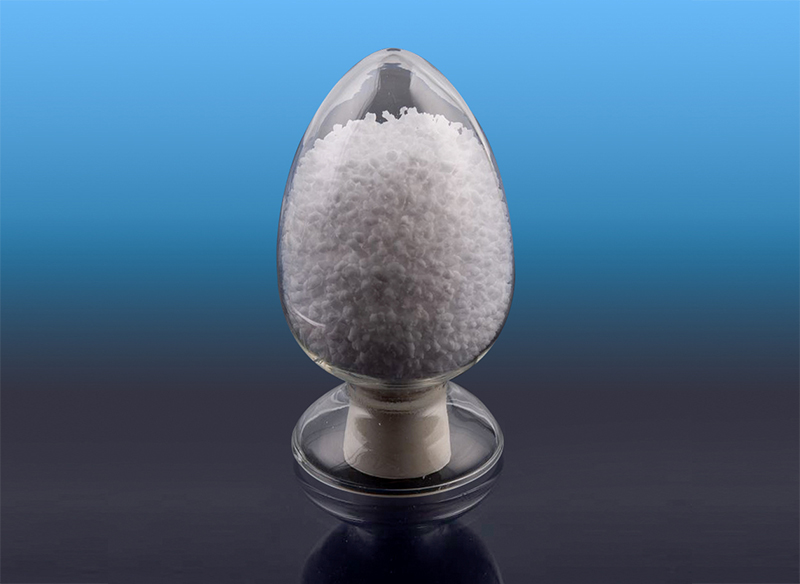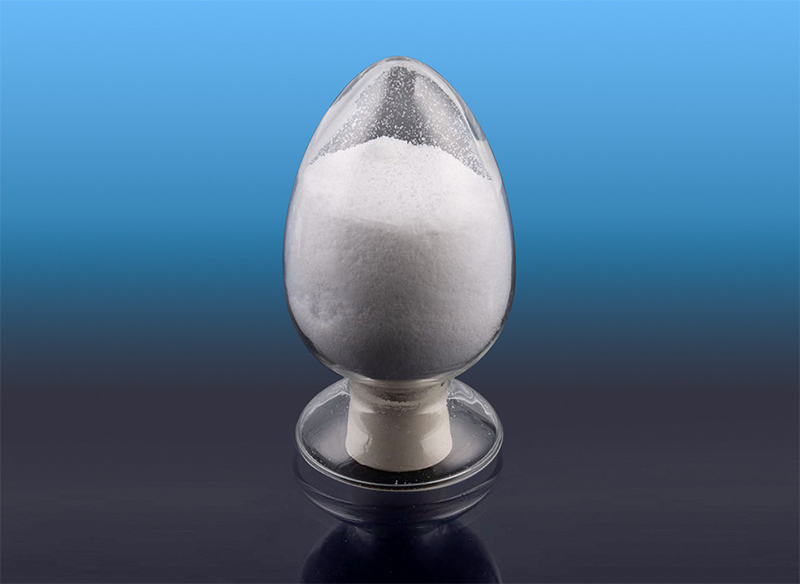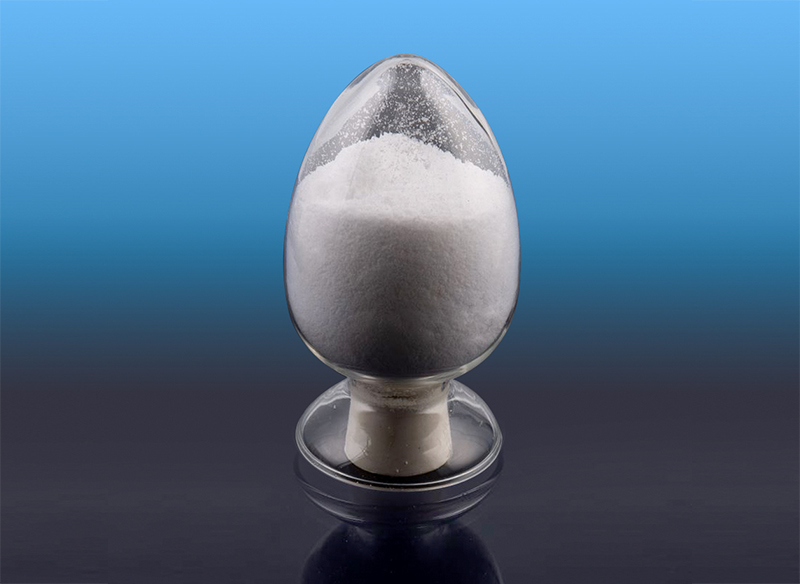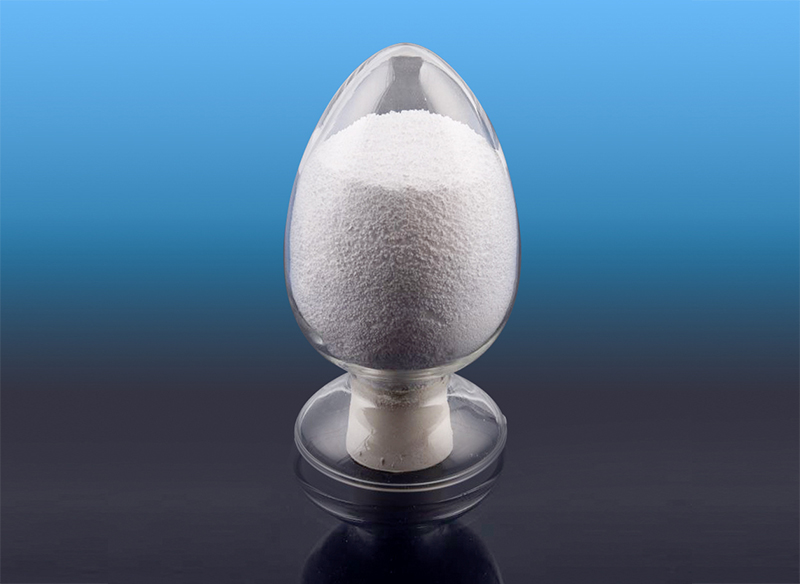In what ways does SEBS contribute to the formulation of high-performance thermoplastic elastomers (TPE)?
Hydrogenated Styrene-Butadiene Block Copolymer (SEBS) plays a crucial role in the formulation of high-performance Thermoplastic Elastomers (TPEs), contributing to several key properties that make TPEs suitable for a wide range of applications.
1. Balance of Hardness and Flexibility
Key Contribution: SEBS provides a unique combination of hardness (from the styrene block) and flexibility (from the butadiene block). This allows TPEs based on SEBS to exhibit the characteristics of both rubber and plastic, giving them excellent elasticity and tensile strength while maintaining the ability to be processed like thermoplastics.
Benefit: The ability to achieve both rigid and flexible segments in the polymer allows for diverse applications such as in automotive parts (e.g., seals, gaskets), footwear, and medical devices.
2. Thermoplastic Processability
Key Contribution: SEBS is a thermoplastic elastomer, meaning it can be processed using conventional plastic processing techniques such as injection molding, extrusion, and blow molding. This gives it an edge over traditional rubber, which requires curing or vulcanization.
Benefit: The ease of processing leads to faster production cycles and lower manufacturing costs, making SEBS-based TPEs ideal for large-scale production of parts in industries like automotive, consumer goods, and medical devices.
3. High-Temperature Performance
Key Contribution: Hydrogenated Styrene-Butadiene Block Copolymer SEBS, due to its hydrogenated structure, has improved heat stability compared to non-hydrogenated styrene-butadiene block copolymers (SBS). The hydrogenation process makes SEBS more thermally stable, which is critical for high-performance applications where the material is exposed to higher temperatures.
Benefit: SEBS-based TPEs are able to maintain their mechanical properties (e.g., elasticity, strength, and flexibility) even under elevated temperatures, making them suitable for automotive components, electrical insulations, and other applications where heat resistance is essential.
4. Chemical and UV Resistance
Key Contribution: SEBS exhibits improved chemical resistance (compared to traditional SBS) due to the hydrogenation process. This makes SEBS-based TPEs resistant to a wide range of chemicals, oils, and solvents. SEBS also offers better UV stability, which is important in outdoor applications or products exposed to sunlight.
Benefit: The material's chemical and UV resistance makes it well-suited for applications like automotive weather seals, consumer electronics, outdoor equipment, and medical devices that need to withstand environmental exposure.
5. Customizable Hardness
Key Contribution: By varying the styrene-to-butadiene ratio in SEBS, manufacturers can fine-tune the hardness and elasticity of the TPE. This flexibility allows for the creation of TPEs with a broad range of hardness levels, from soft, rubber-like elastomers to more rigid, plastic-like materials.
Benefit: This customization enables the design of TPEs that can meet the specific requirements of applications such as gaskets, handles, footwear, baby products, and sports equipment, where different hardness levels are often required.
6. Low Compression Set
Key Contribution: SEBS-based TPEs generally exhibit low compression set, meaning they retain their shape and elasticity even after being compressed for prolonged periods. This is a crucial characteristic for sealing and gasketing applications where the material needs to recover to its original shape after compression.
Benefit: Low compression set ensures that SEBS-based TPEs maintain their performance over time, which is especially important in automotive and industrial sealing applications, where reliable sealing over long durations is required.
7. Excellent Soft-Touch and Grip
Key Contribution: The flexible butadiene blocks in SEBS contribute to a soft-touch feel, which can be further enhanced by adjusting the formulation. This is particularly useful for consumer products like handles, grips, and personal care products.
Benefit: The soft-touch properties of SEBS-based TPEs make them ideal for applications requiring comfort, such as medical devices, sports equipment, tools, and consumer electronics where ergonomic design is important.
8. Environmental and Regulatory Benefits
Key Contribution: SEBS-based TPEs are free from plasticizers like phthalates, and are generally BPA-free (Bisphenol A). This is particularly important in products that require compliance with stringent environmental regulations or safety standards, especially in sectors like medical, baby products, and food contact materials.
Benefit: The safety and environmental friendliness of SEBS-based TPEs make them biocompatible, non-toxic, and recyclable, which helps manufacturers meet increasing consumer demand for eco-friendly products.
9. Versatility in Additives and Modifications
Key Contribution: SEBS-based TPEs are highly versatile in terms of formulation, and can incorporate a wide variety of additives such as plasticizers, stabilizers, fillers, and reinforcements (e.g., glass fibers or carbon black). These modifications can enhance specific properties like impact resistance, wear resistance, and color stability.
Benefit: The flexibility to incorporate additives allows SEBS-based TPEs to be tailored for specific performance needs in industries like automotive (for impact resistance), medical (for sterilization compatibility), or consumer goods (for color and aesthetics).
10. Enhanced Durability and Fatigue Resistance
Key Contribution: SEBS-based TPEs have superior fatigue resistance compared to other elastomers, which means they can withstand repeated flexing and deformation without losing their original properties.
Benefit: This property is particularly important in applications such as automotive parts (e.g., seals, bushings), footwear, and sports equipment, where the material is subject to constant mechanical stress over time.





